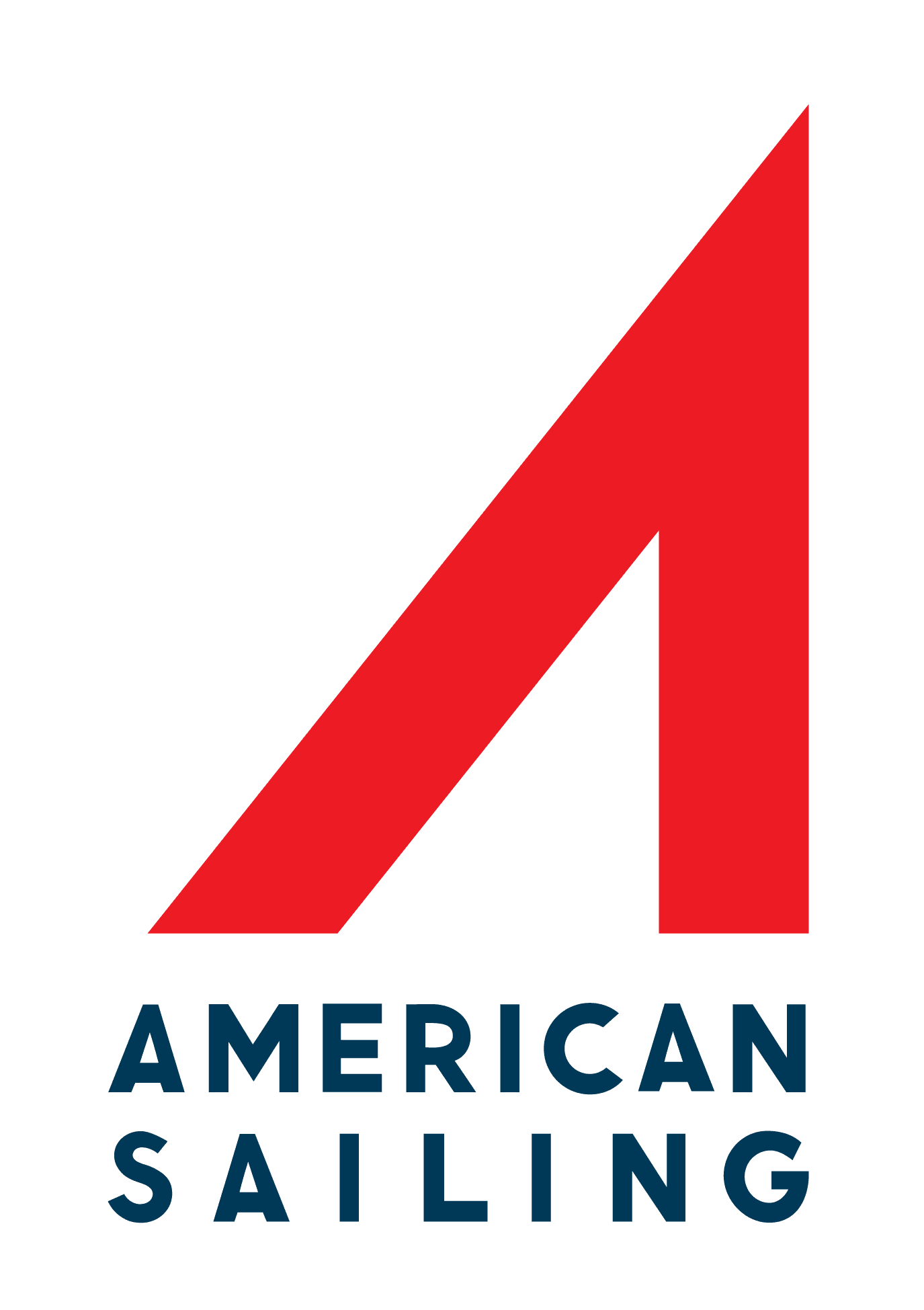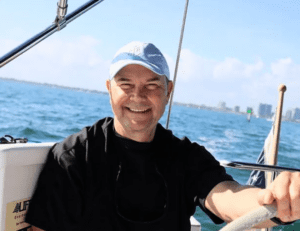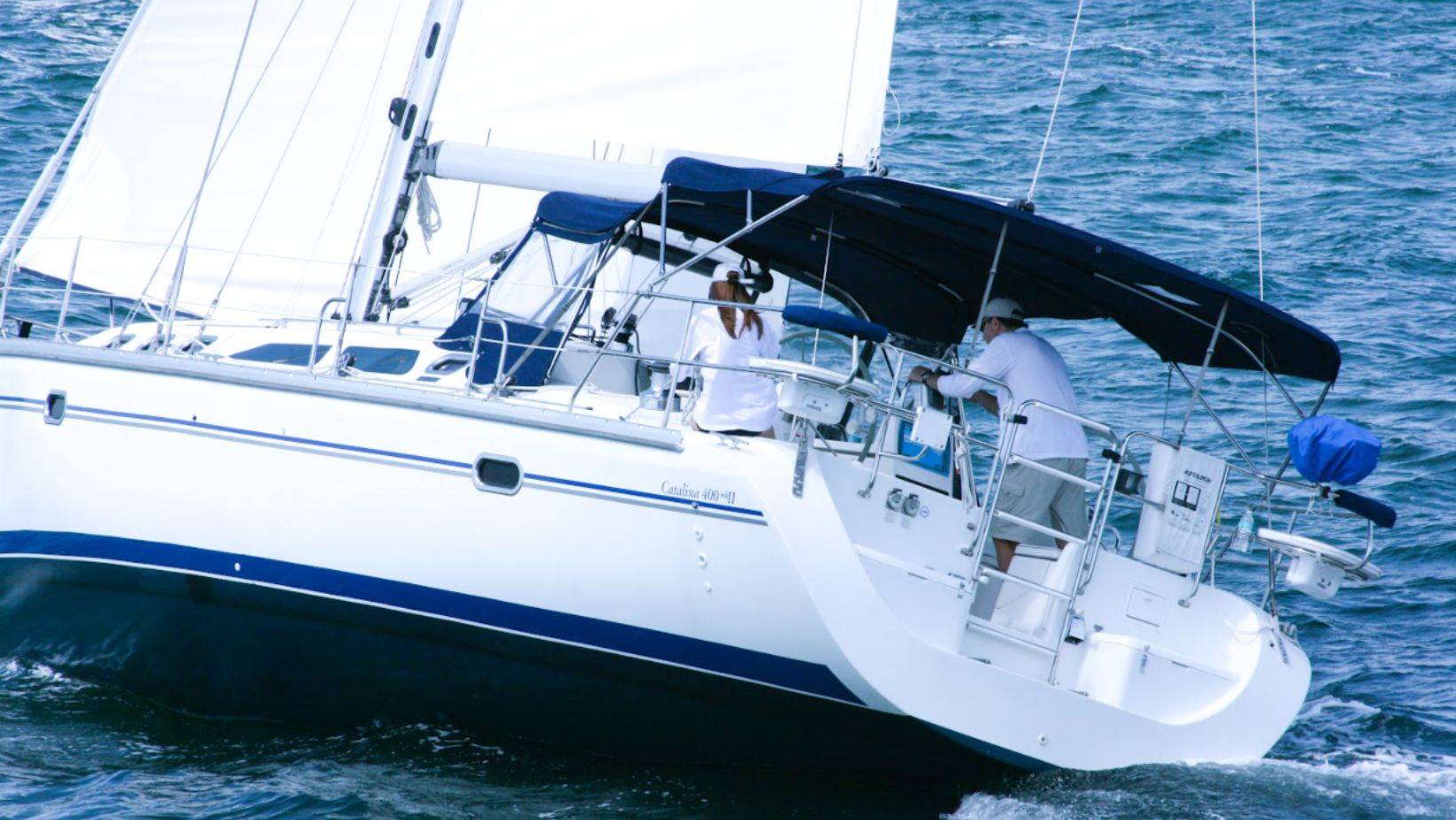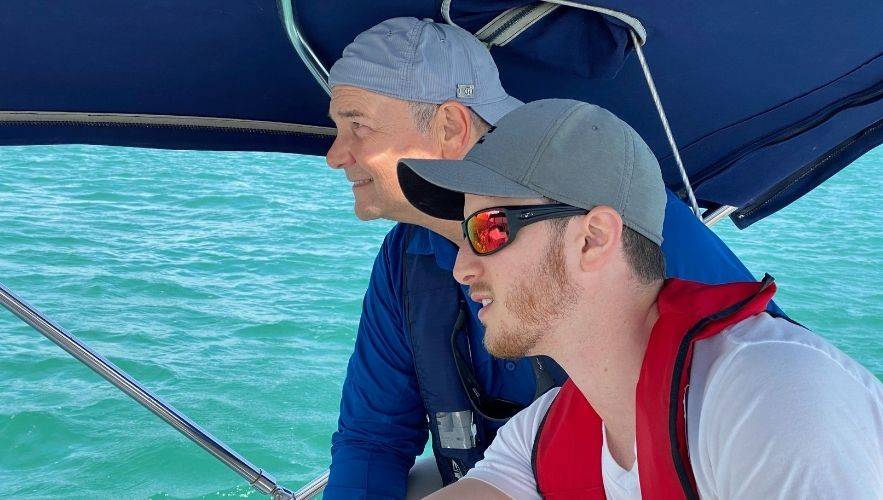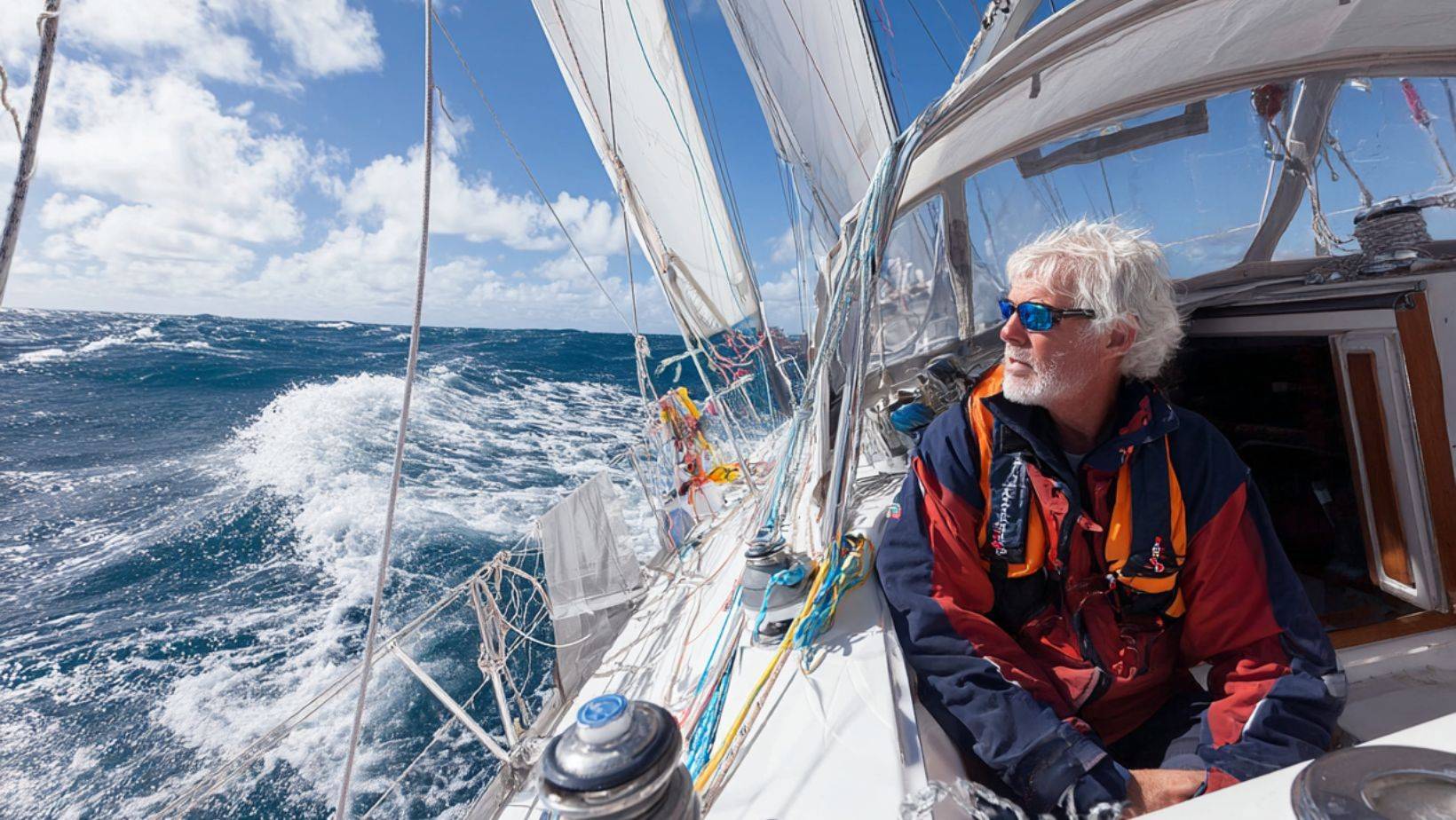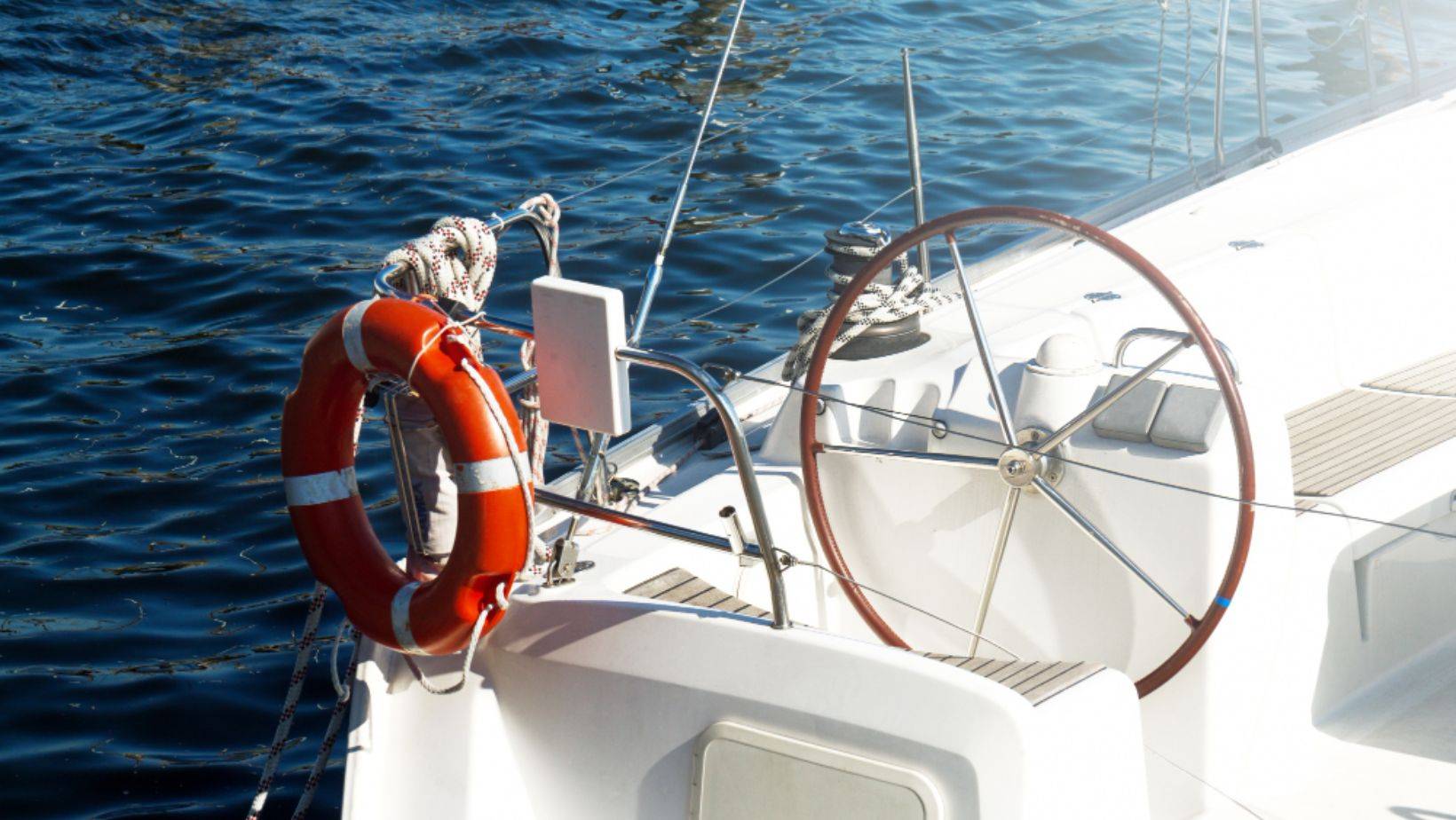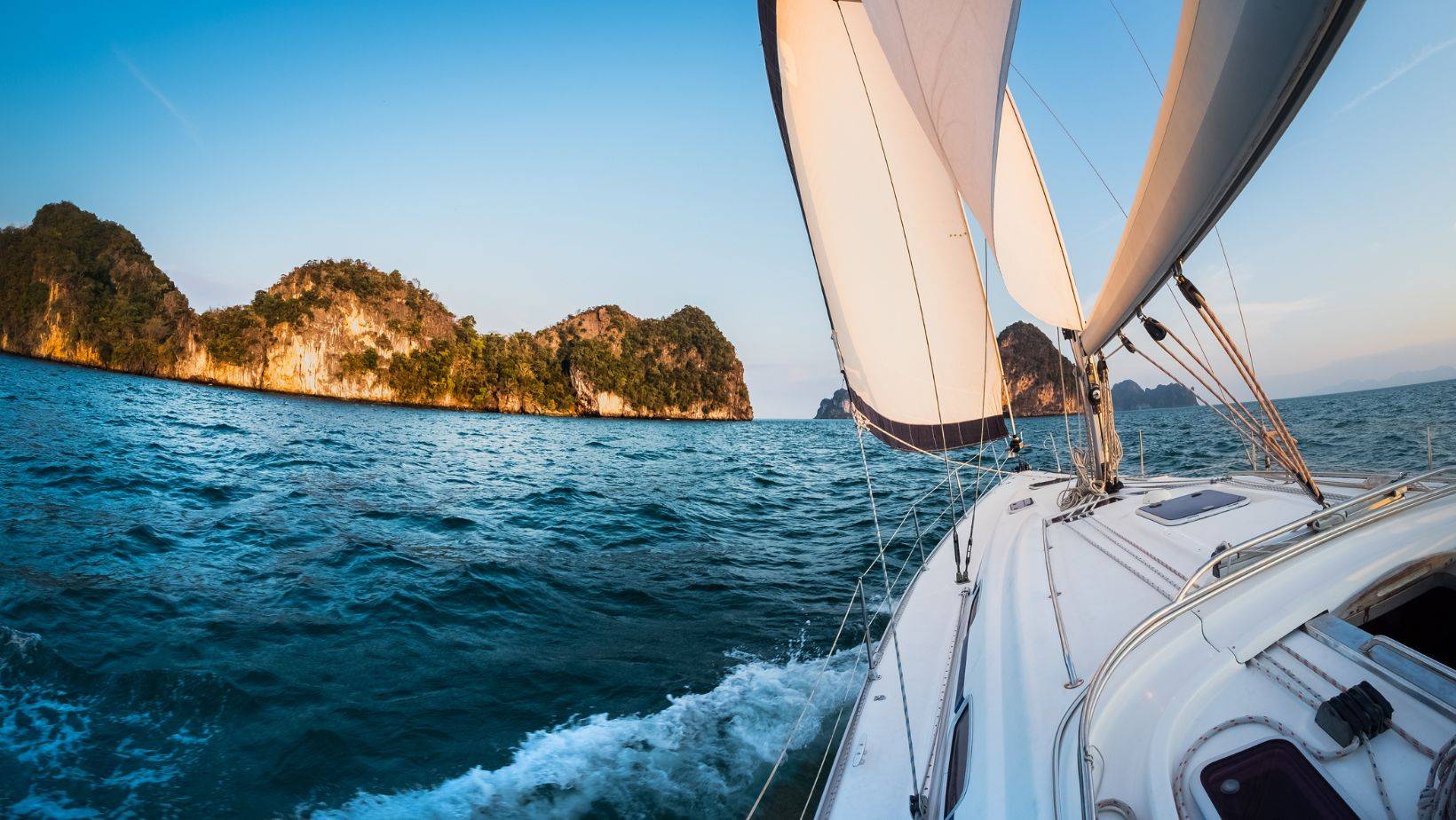ASA 102 Boat Handling & Sail Trim With Miami Sailing School ™ : Your Complete Guide to Sailing Certification and Skills
Key Takeaways
- ASA 102 is a vital certification course that underpins safe and effective sailing practices, covering comprehensive topics from sail theory and trim to close quarters maneuvering under sail techniques.
- Mastery of boat handling techniques and effective sail trim directly enhances a sailor’s confidence and overall performance on the water.
- Miami Sailing School™ stands out with experienced instructors, a state-of-the-art fleet, and a curriculum tailored to both beginners and advanced sailors.
- Practical sailing lessons in Miami not only build technical skills but also deepen understanding of real-world maritime conditions and safety protocols.
What Is ASA 102 and Why Is It Essential for Sailing Certification in Miami?
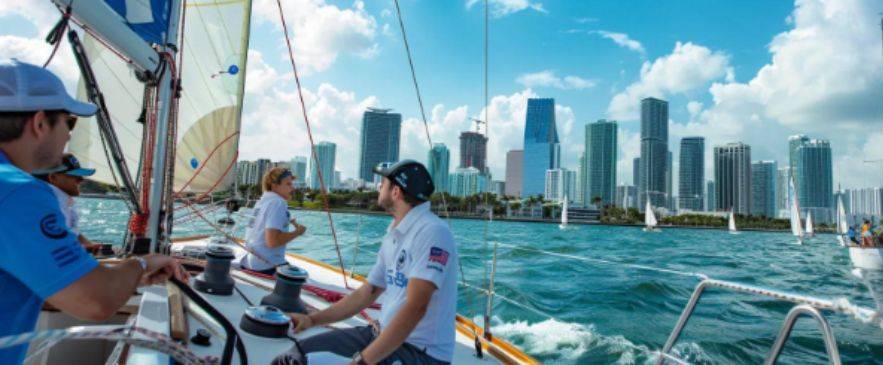
What Does the ASA 102 Course Cover?
How Long Does ASA 102 Take to Complete?
What Are the Requirements to Enroll in ASA 102?
How Can You Master Boat Handling Techniques in ASA 102?
What Are the Fundamental Boat Handling Skills Taught?
How Do You Steer a Sailboat Safely and Effectively?
What Are Best Practices for Docking and Undocking?
How Is Anchoring Taught in ASA 102?
What Are the Key Principles of Sail Trim in ASA 102?
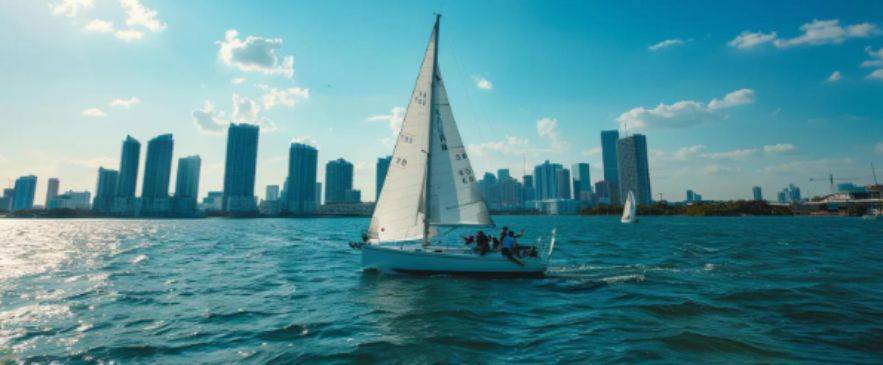
What Is Sail Trim and Why Is It Important for Sailing Performance?
Sail trim refers to the method of adjusting the sails to achieve the most efficient angle relative to the wind. It is vital for maximizing speed and ensuring a stable, balanced course. Proper sail trim reduces drag and allows the boat to harness the full energy of the wind, thereby enhancing maneuverability and acceleration. The course explains that well-trimmed sails maintain an ideal shape that promotes smooth airflow, directly impacting a vessel’s performance. In addition, refined sail trim minimizes the risks of capsizing by evenly distributing the force across the boat, making it a cornerstone skill for any sailor.
How Do You Adjust Sail Trim for Different Wind Conditions?
To adjust sail trim for varying wind conditions, sailors must first learn to identify the wind’s strength and direction. ASA 102 instructors emphasize the importance of constant wind monitoring and understanding the differences between apparent and true wind. When the wind is light, the sails may need to be trimmed in tighter to ensure that even minimal wind is effectively captured. Conversely, in strong winds, sails should be eased out to prevent overpowering and to maintain control. Detailed procedures for adjusting both the mainsail and jib are covered, correlating specific adjustments to changes in wind intensity and direction. This dynamic adjustment process is pivotal for achieving optimal performance and maintaining the vessel’s stability.
What Equipment Is Used for Effective Sail Trim?
Effective sail trim relies on a range of specialized equipment that aids in precise adjustments. Essential components include winches, cleats, and control lines that allow sailors to modify the angle of the sails with great accuracy. Modern sailboats often utilize dual control systems that combine traditional manual inputs with automated mechanisms to maintain optimal trim. In ASA 102, students become acquainted with the intricacies of these tools, understanding how to operate them seamlessly. Appropriate use of equipment such as the traveler system and boom vang not only improves sail shape but also enhances overall boat speed and performance by ensuring that every adjustment contributes to optimal wind harnessing.
How Can Beginners Learn Sail Trim Tips in Miami?
Beginners can learn effective sail trim tips in Miami through a hands-on, immersive approach offered by Miami Sailing School ™™. The training emphasizes practical exercises that progressively build confidence in adjusting sails under real wind conditions. Instructors share proven techniques that include visual indicators on sail shape, immediate adjustments based on sensory feedback, and the use of digital instruments to measure wind speed and direction. Frequent practice sessions on Miami’s varied waterways provide the ideal setting for novices to apply these tips repeatedly, resulting in accelerated retention of essential skills. Additionally, the supportive atmosphere and expert mentorship create an environment where every student is encouraged to experiment, learn, and perfect their sail trim techniques—a critical advantage for lifelong sailing success.
Why Choose Miami Sailing School ™ for ASA 102 Boat Handling & Sail Trim Courses?
What Should You Expect During a Typical ASA 102 Sailing Lesson?
What Makes Miami Sailing School ™ the Best Sailing School in Miami?
Miami Sailing School™ earns its distinction as the premier sailing school in Miami by offering a synergistic blend of experienced instructors, modern training vessels, and a curriculum that meets American Sailing standards. The school is renowned for its hands-on approach, ensuring that every lesson is practical and steeped in real-world experience. Its instructors come with decades of maritime expertise and a passion for teaching, ensuring that each student receives tailored guidance based on individual learning needs. Furthermore, the school consistently updates its methodologies and fleet to incorporate the latest in sailing technology and safety equipment, creating an environment that fosters rapid skill development and lasting competence.
Who Are the Experienced Sailing Instructors at Miami Sailing School ™?
The instructors at Miami Sailing School™ are highly experienced professionals with deep roots in the maritime industry. They possess extensive sailing and teaching experience, hold multiple ASA certifications, and have navigated complex marine environments both near Miami and internationally. Their nuanced understanding of Florida’s coastal conditions—ranging from the calm waters of Biscayne Bay to the gusty open sea—allows them to offer precise and context-specific guidance. Their ability to translate complex nautical principles into comprehensible lessons ensures that students are not only proficient but also confident in their sailing abilities, making them a key asset to the school’s distinguished reputation.
What Sailboats Are Used for Training at Miami Sailing School ™?
Miami Sailing School™ utilizes a diverse fleet of training vessels that cater to a wide spectrum of sailing experiences and certification needs. The fleet includes a 42-foot monhull sailing sloop and a 40-foot sailing catamaran, both maintained to the highest safety and performance standards. These boats are specifically chosen to provide hands-on experience with various sailing dynamics such as balance, speed control, and effective sail trim. The modern design and versatility of these vessels allow instructors to demonstrate key maneuvers such as tacking, docking, and anchoring in realistic conditions. By training on state-of-the-art sailboats, students gain valuable exposure to the maritime equipment and protocols they will encounter in their future sailing endeavors.
What Do Students Say About Their ASA 102 Experience?
Students consistently praise Miami Sailing School™ for its supportive, engaging, and professionally challenging environment. Testimonials highlight the clarity and depth of instruction that makes complex sailing concepts accessible, regardless of prior experience. Many students remark on the school’s ability to blend theoretical instruction with practical drills, leading to significant improvements in both boat handling and sail trim skills. Graduates report increased confidence on the water, a strong grasp of emergency protocols, and an overall enhanced appreciation for the art of sailing—elements that have transformed their approach to navigating Miami’s diverse maritime conditions. This positive feedback serves as a testament to the quality and lasting impact of the ASA 102 training provided at Miami Sailing School™.
How Do Sailing Lessons in Miami Enhance Your ASA 102 Certification Journey?
What Are the Benefits of Taking Sailing Lessons in Miami?
How to Choose the Right Sailing Lesson for Your Skill Level?
What Should You Expect During a Typical ASA 102 Sailing Lesson?
What Are Common Questions About ASA 102, Boat Handling, and Sail Trim?
As with any comprehensive certification program, prospective students often have several questions about ASA 102, boat handling, and sail trim. This section is designed to address common queries, clarifying how ASA 102 stands apart from other sailing certifications and what practical benefits students can expect. By understanding these frequently asked questions, learners gain a clearer perspective on course structure, safety protocols, and the overall value of certification. This open dialogue helps build confidence in the training process and ensures that all prospective sailors are informed about the commitment involved in obtaining ASA 102 certification through Miami Sailing School™.
How Does ASA 102 Compare to Other Sailing Certifications?
ASA 102 is uniquely positioned among sailing certifications due to its thorough focus on boat handling and sail trim. Unlike introductory courses that may provide only a basic overview of sailing, ASA 102 offers a deep dive into the mechanics of sailing along with extensive practical training on managing a vessel under varied conditions. When compared to advanced certifications, ASA 102 serves as the essential building block that establishes a sailor’s competency before progressing to more specialized courses. Its balanced emphasis on both theory and practice enables learners to develop a robust skill set, making it an ideal choice for those serious about enhancing their maritime proficiency.
Can You Complete ASA 102 Online or Only in-Person in Miami?
ASA 102 is predominantly designed as an in-person, hands-on course. Given the practical nature of boat handling and sail trim training, physical attendance is necessary to effectively master the skills involved. Particularly in Miami, where instructors can leverage local environmental conditions to simulate different sailing scenarios, in-person training is invaluable. Online modules may supplement the learning by providing theoretical background and preparatory knowledge; however, the core components of the course—such as dock maneuvers, anchoring, and live adjustments to changing wind conditions—are best learned and practiced in real time on the water.
What Safety Measures Are Included in ASA 102 Training?
Safety is paramount in the ASA 102 course, and comprehensive safety measures are embedded throughout the training process. Instructors provide detailed instruction on emergency protocols, including man overboard procedures, life jacket usage, and communication methods during crises. Every practical session is supervised closely by experienced professionals who ensure adherence to strict maritime safety guidelines. Furthermore, the training includes a thorough review of navigation rules, right-of-way responsibilities, and proper anchoring techniques to prevent accidents. The use of advanced safety equipment and regular safety drills reinforces the importance of maintaining secure practices on the water, instilling confidence and preparedness among all participants.
How Can You Book Your ASA 102 Course at Miami Sailing School ™?
Final Thoughts
Miami Sailing School™ offers a transformative ASA 102 experience that seamlessly integrates comprehensive boat handling and sail trim training with practical, real-world application. The course’s robust curriculum, experienced instructors, and state-of-the-art fleet provide an unparalleled learning environment that empowers sailors to develop essential skills. As graduates gain confidence and technical proficiency, they are better equipped to navigate Miami’s dynamic waters safely and efficiently. For anyone passionate about sailing and seeking certification that opens new opportunities on the water, enrolling in ASA 102 is a decisive step towards a rewarding and adventurous maritime future.
Additional Resources
ASA 102 Sailing FAQs
Miami Sailing School™ uses a modern fleet of training vessels, including a 42-foot monohaul sailing sloop and a 40-foot sailing catamaran. This diverse fleet allows students to experience both traditional and contemporary sailing dynamics, enabling a comprehensive understanding of boat handling and sail dynamics in various conditions.
Mastering sail trim is crucial because it directly impacts boat speed, stability, and maneuverability. Proper adjustments to the mainsail and jib harness the wind’s energy more effectively, reducing drag and enhancing the vessel’s response to changing wind conditions. This skill not only boosts performance but also improves safety by ensuring balanced control.
While there are no strict prerequisites, it is beneficial for students to have a basic understanding of boating safety or prior experience from introductory courses like ASA 101. However, the course is designed to accommodate beginners and will cover all foundational concepts to get you started on your sailing journey.
Miami Sailing School™ stands out due to its experienced instructors, state-of-the-art fleet, and a curriculum tailored specifically to meet ASA certification standards. In addition, the school offers personalized instruction, extensive on-water practice, and a strong emphasis on safety and real-world application—making it the optimal choice for sailors aiming for certification and excellence.
Student safety is managed through strict adherence to safety protocols, including comprehensive pre-departure briefings, real-time instructor supervision, mandatory use of personal flotation devices, and regular emergency drills. These measures ensure that every practical session is conducted in a secure and controlled environment, minimizing risks.
